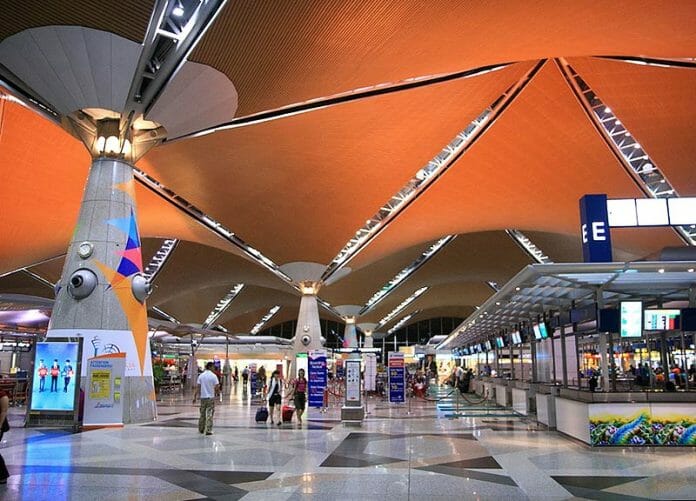The news of the impeding increase for all international departure fees at Kuala Lumpur International Airport (KLIA) Terminals 1 and 2 has taken the avid travellers, as well as those in the tourism industry by surprise. Amidst the chatter among the public of increased cost of living from food to daily groceries, the increased cost for air commute adds in to the debate of overall travel cost.
The travel and tourism industry are still in its post Covid-19 recovery phase. In 2022, the number of passengers using KLIA reached 25 million, nearing pre-pandemic levels. Moreover, the government is also intending to restore the standing of KLIA as one of the top 10 best airports in the world, a status it had once enjoyed till 2012. The increase in the tax is being justified with more infrastructure being developed – new sets of aerotrains are expected to be in operation by March 2025, and new lounges and shopping facilities are also being constructed. The need to be on par with other regional international airports in terms of facilities require more investment, justifying the increase.
However, the rise in the international departure passenger service change, which also affects the low-cost carrier-based KLIA Terminal 2, would have an impact on affordability and accessibility, especially for budget-conscious travellers. For many budget travellers, any additional financial strain on their air travel would dissuade them from traveling altogether. Moreover, as home to Asia’s leading low-cost airline, any increase in usage charges of KLIA risks efforts to make Malaysia a leading hub of low-cost travel. This comes amidst challenges posed by other rising low-cost carriers within Asia, competing for the expanding market of affordable air travel.
While some may argue that the increase is only for international departure, and domestic travel would not be affected, we must also realise that the world is increasingly being interconnected. Visitors to Malaysia would often extend their travel to other destinations within the Southeast Asian region. Moreover, the ASEAN Tourism Forum intends to promote ASEAN member states as single tourism destinations. Factoring in additional costs for international departure from KLIA risks reducing efforts to increase inter-ASEAN travel.
One alternative to this is to have segment-based service charges. Rates for travel into other ASEAN member states can be retained or increased minimally, whereas travel to Europe or the Americas could be imposed with higher charges. This not only ensures a more equitable service charge system, but it would also build closer ASEAN-regional tourism cooperation.
Seen from another perspective, there is also the risk of air travel being the preserve of the rich. Increasing any associated cost of air travel may put off plans by families for international travel, thereby creating a gap of affordability among those who can pay for air travel and those whose plans are inhibited by new cost.
Also, the decreased number airport users would not bid well for KLIA Terminal 2 as a shopping hub. Built to target the budget travellers, KLIA Terminal 2 also serves as a shopping destination with its choice of affordable clothes, sports shoes, and other local brands. Any measures taken that would dampen economic activity at KLIA Terminal 2 would have a broader impact on efforts to put Malaysia as an affordable shopping destination.
Does this mean the public are resolutely against any efforts to improve the experience at KLIA? The answer is no, and there are many other holistic ways for MAVCOM, through collaboration with MAB, to increase the revenue stream for KLIA. The image of KLIA Terminal 2 as the hub of low-cost travel and a shopping destination can be accentuated. There are ample opportunities to bring in more outlets offering affordable shopping experiences, especially for transiting tourists.
Also, MAB can tap into the possibilities to provide value added services to passengers using KLIA Terminal 2 for additional fees. Small pods modelled after pod-hotels offering quick rest to waiting passengers for a small fee would be welcomed by any weary traveller waiting several hours for their flights. Introducing micro-cinemas, small affordable lounges with basic services at affordable prices would also be a valuable addition, riding on KLIA Terminal 2’s association with low-cost travel. In all, while the public understands the reality of rising cost of living, there are alternative methods that can be explored beyond increasing passenger service charges that can potentially benefit Malaysian airports in the long run.
By: Dr Nagathisen Katahenggam, Senior Lecturer. School of Hospitality, Tourism and Events, Taylor’s University









